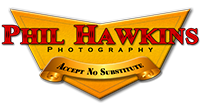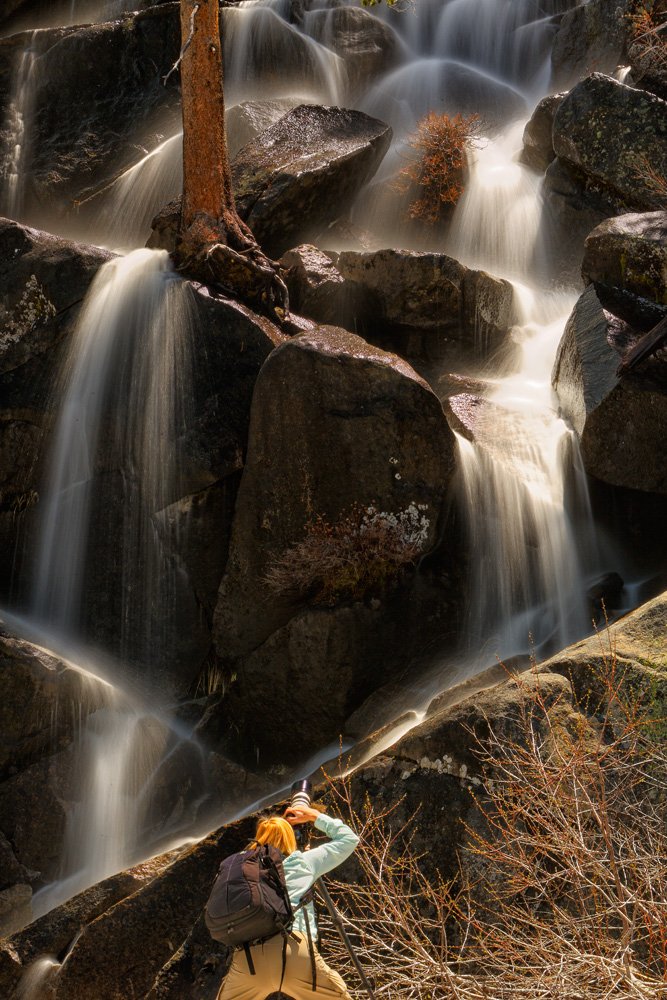Yosemite Photography Workshops
Learn landscape photography from a 38 year veteran of the park.
Our Goal: Reduce time thinking about your camera and increase time thinking about your subject matter. Get mind-boggling shots.
Our 18th Year in Yosemite!
Named one of “The 50 Awesome Workshops Around the World”
Photoshelter, 2019, 2020
Why Yosemite Photo Workshops?
Personalized Attention
All workshops are conducted by me. I do not use “workshop leaders”. I offer help and guidance to all who ask. Some people know their equipment and only want to know where to go. Others are new to digital photography and have many questions. I give my attention to anyone and all. There is no such thing as too many questions!
Beginners Welcome
If you don’t know the difference between an aperture and a hole in the ground, fear not. There is no such thing as a dumb question. We welcome brand new photographers. No matter your level of experience, you will come away with new knowledge about how to get the most out of your equipment and your effort.
No Itineraries
The whole reason one comes to Yosemite is to find the best opportunity to get the best shot. And that is dictated by the weather. You will be able to take advantage of my 37 years shooting Yosemite to know where to be, and when. Understanding these patterns comes from long experience, enabling me to know whether we need to race to the next location or simply wait for conditions to evolve. We issue two-way radios to drivers in the car pool allowing me to communicate with students when I see changes in weather.
Experience
I’ve had 37 years experience in Yosemite backpacking, fishing, camping, hiking, photographing, etc. in all areas of the park including the backcountry, high country and front country in all seasons.
I’ve been leading workshops for 18 years in Yosemite serving over 850 students from all over the world.























